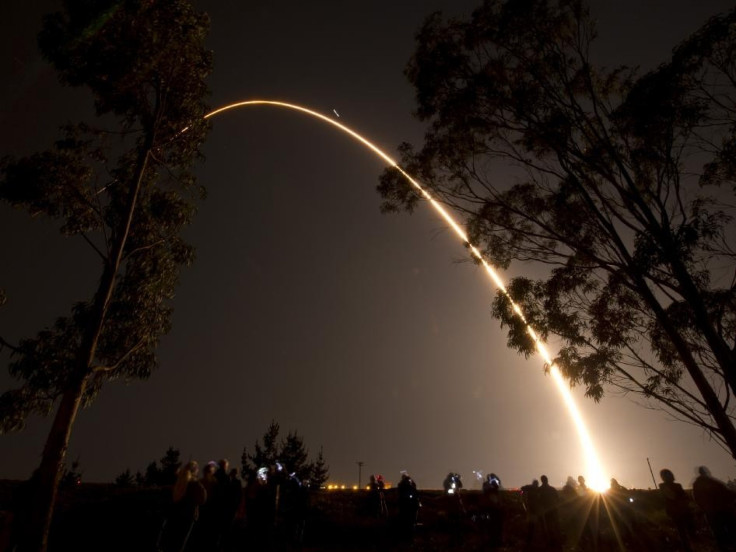NASA Launches Satellite to Measure Global Climate

NASA's newest Earth-observing satellite soared into space Friday aboard a Delta II rocket after liftoff at 5:48 a.m. EDT from Space Launch Complex 2 at Vandenberg Air Force Base in California
The satellite is expected to give insight into long-term climate patterns and help meteorologists improve short-term weather forecasts, according to NASA officials. The satellite will also measure factors involved in global warming including the ozone layer, land and ice cover.
The National Polar-orbiting Operational Environmental Satellite System Preparatory Project, or NPP, successfully separated from the rocket minutes after launch, and a satellite array system already picked up its first signal. NPP's solar array deployed 67 minutes after launch to provide the satellite with electrical power. NPP is on course to reach its orbit 512 miles (824 km) above Earth, NASA officials said in a statement.
NPP is critical to our understanding of Earth's processes and changes, NASA Deputy Administrator Lori Garver said. Its impact will be global and builds on 40 years of work to understand our complex planet from space. NPP is part of an extremely strong slate of current and future innovative NASA science missions that will help us win the future as we make new discoveries.
NPP serves as a bridge mission between NASA's Earth Observing System (EOS) of satellites and the next-generation Joint Polar Satellite System, a National Oceanic and Atmospheric Administration (NOAA) program that will also collect weather and climate data.
The measurements from NPP will benefit science and society for many years to come, said Michael Freilich, director of NASA's Earth Science Division. NPP will help improve weather forecasts, enable unique scientific insights, and allow more accurate global environmental predictions. I'm confident that the strong partnerships forged in the NPP program between NASA and NOAA, industry, and the research and applications communities will ensure the success of the mission.
NPP data will be transmitted once every orbit to a ground station in Svalbard, Norway, and to direct broadcast receivers around the world. The data will be sent back to the United States via fiber optic cable to the NOAA Suitland facility. NPP data is then processed into data records that NASA and NOAA will make available through various data archives.
© Copyright IBTimes 2024. All rights reserved.





















